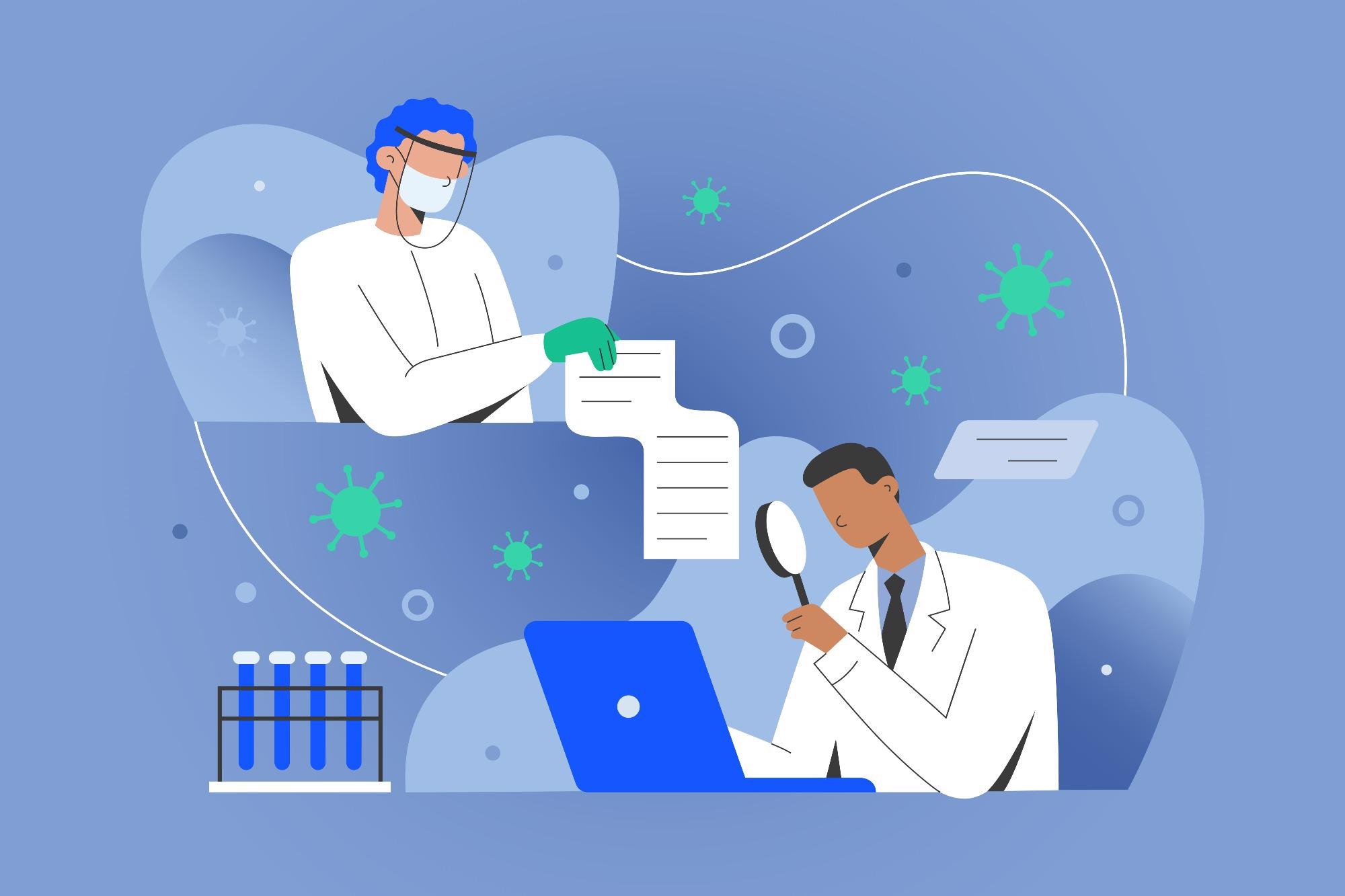Introduction
The Benefits
Researchers Benefit
Institutions Benefit
Businesses and the Public
Research Funders
Conclusion
References
The Open Access Movement is an approach toward research publication gaining momentum. It makes online publications available as soon as they are published, free of cost, without significant copyright or licensing restrictions. The scholars allow users to read them, copy or download them, distribute, print, search, or link them in the full-text mode. Moreover, they can be crawled by search engines, converted into digital format, or used for any legally allowable purpose without any fees or permissions.
Many countries and institutions have already adopted this movement as their own, signing the Budapest Open Access Initiative (BOAI) and the Berlin Declaration on Open Access to Knowledge. As the first says, “An old tradition and a new technology have converged to make possible an unprecedented public good.”
This concept is not new, as the above statement shows. Scholars throughout the ages have often preferred to publish their findings without expecting payment. The internet makes that possible today on a much larger scale.

Image Credit: Bruce Rolff/Shutterstock.com
The Benefits
Open access (OA) without any restriction is a thrust towards openness in research. Research investments aim at a higher pace of discovery, greater innovation, better education, and economic benefit, all for the public good. When this is kept in mind, it is evident that OA allows research to be made available to a much higher number with very low margins.
This would promote the application of this research in new ways. The research itself is based on prior knowledge, which comes from the sharing of results. As a prominent OA advocate remarks, “It is now a widely held belief that until its results are communicated as broadly as possible, a piece of research is only half completed.”
Researchers Benefit
Where researchers are concerned, OA will make it easier to find and use all literature that bears any relevance to the field they are working in, making it accessible and free of charge. Their own research is also likely to reach a wider audience and thus spark off much more additional research than if confined to a few elite scientists.
Many publishers provide low- and middle-income countries with open access to many journals. Many government bodies use OA research to shape their policies, as do scientists in many fields. Furthermore, the reduced funds available for library subscriptions could be a big incentive for OA publishing since the loss of subscriptions and licenses for journal articles by commercial and scholarly publishers is likely to take a significant hit.
OA is associated with much higher usage and a greater number of citations. From the Research Information Network, one study showed the number of views to be tripled for OA articles compared to others. In another, the Wellcome Trust said that OA articles funded by them had 90% more downloads compared to others without OA.
OA also allows new journals to grow in value and impact, especially when new researchers seek to gain visibility and build their reputations.
Moreover, permissive licenses allow researchers to use existing findings as a basis for new studies more rapidly. No longer will they have to go article by article when looking for relevant information. Instead, digital technology and OA will allow them to download vast masses of information and mine the data as desired using computational technology.
This could lead to completely new ways of article usage as they can be searched, indexed, and analyzed using powerful software that looks at data en masse rather than as individual data sets. Moreover, journals often no longer decide beforehand whether a piece of research should be published instead of relying on article-level metrics based on readership responses to decide the importance of the research.
Interdisciplinary research is also promoted by making publications OA, as most institutions primarily pay for publications relating to their field of interest. OA removes the financial barrier to taking an interest in other fields.
Institutions Benefit
For educational institutions, OA helps to build knowledge. More importantly, it helps ensure that access to new research is equal for all researchers, depending only on their dedication and not on the size of their institution or laboratory or its budgetary constraints. Centers normally ignored in distributing scientific results can now have access, including community colleges and schools.
This will make academic institutions competitive across the board, increase education quality, and thus make for a better workforce.

Image Credit: Favebrush/Shutterstock.com
Businesses and the Public
Businesses will also benefit from access to the latest innovations, leveraging them to develop better ideas for services and products. This, in turn, can create new jobs and increase employment opportunities.
The public will learn much more about research in areas concerning the public good, such as energy, environmental issues, health, engineering, and biotechnology. This would create a set of citizens who are supportive of scientific ventures.
Research Funders
Finally, the funders would gain a higher return on their investment in the research study while also ensuring that studies are not duplicated needlessly. OA lends itself to transparent objectives and methods, thus reducing the chances of unethical practices and aims in research. It also promotes collaboration between journals and researchers, widening the scope of research and encouraging more generalizable, cost-effective, and rapid findings.
Since the investment in research is only maximized when the results are widely used, OA helps research funders. The Internet makes it possible for research to be accessed by large numbers of people for their learning, further research, and practical applications without cost, leading to the current focus on making research findings easily accessible and usable.
Conclusion
Despite the promise of OA research publication, there are troubling aspects. One is the takeover of OA publishing by commercial publishers. The current marked difference in article pricing between commercial and scholarly or independent publications can be abolished in favor of the former. The high prices being paid per article for publication in commercial publications will continue to be charged as author publishing charges (APCs), despite the lack of evidence that they are justifiable or sustainable.
Perhaps, after all, OA will simply be another way commercial publishers make money from research. On the other hand, many government agencies, such as the U.S. National Institutes of Health, has a Public Access Policy that mandates author self-archiving of all research funded by it ($30 billion per year) in its OA archive PubMed Central. This would lead to 80,000 articles being deposited in this repository.
This could greatly benefit the evolution of evidence-based medicine and healthcare. However, it is being attacked currently, citing reasons such as the costs of archiving and maintenance of such archives. In many cases, only the author’s final draft can be self-archived before it is copyedited or proofread. A delay is often imposed 12-24 months from the original publication.
This means that an inferior and delayed version is available for OA in these cases, leading to reluctance by the authors to post such drafts. On the other hand, professional or scholarly societies tend to support OA but delay it to preserve membership privileges.
Meanwhile, commercial publishers are testing the model of increased charges for article publication to compensate for the feared loss of subscriptions without raising subscription fees.
Over the last two decades, many OA platforms have come into being, including the Public Library of Science One (PLOS ONE), Scielo, and Redalyc. These help researchers economically by publishing articles at lower costs using open-source software while also promoting the formation of groups of researchers with common goals of scholarship.
Rather than limitations on access based on money, it is time to share research by involving all those who participate in the research production, from scientists to university presses, rather than those who only benefit commercially from the process of publication and not from it the research itself.
References:
Last Updated: May 31, 2022